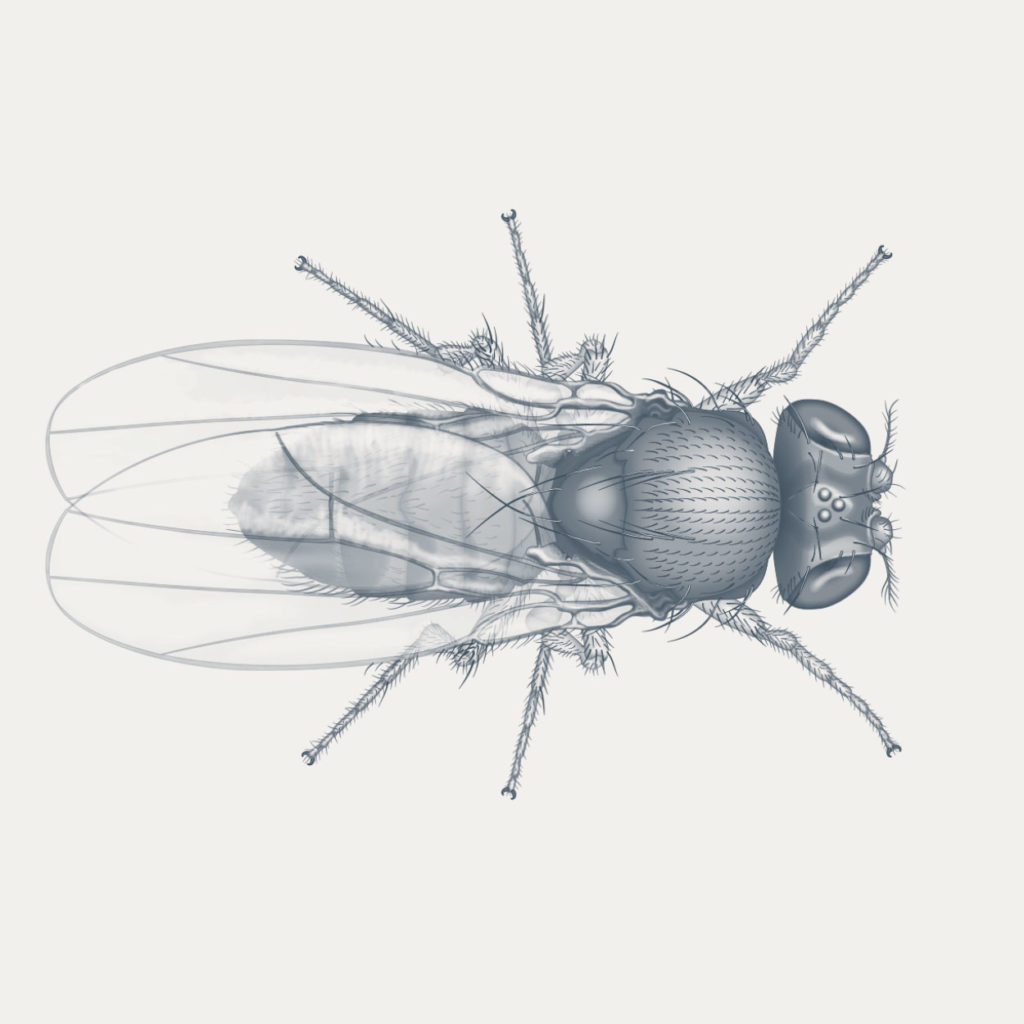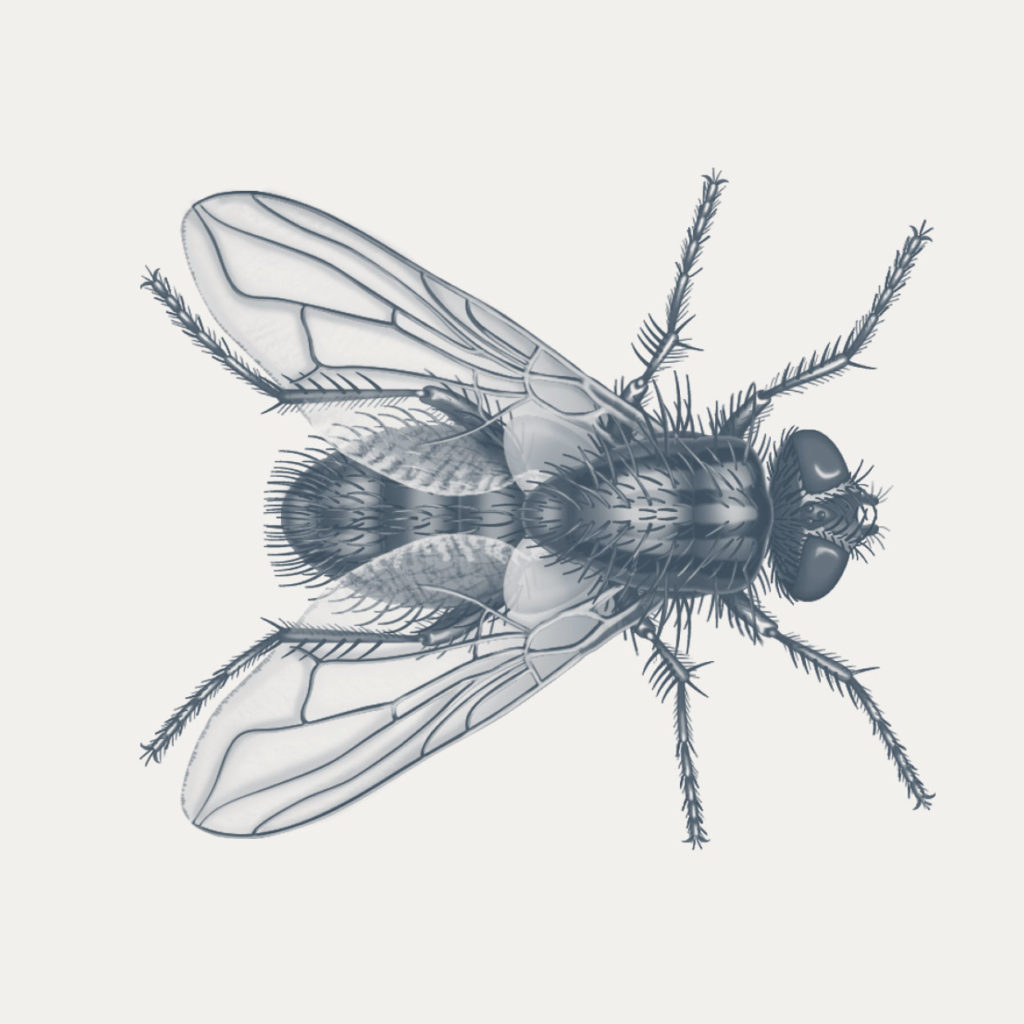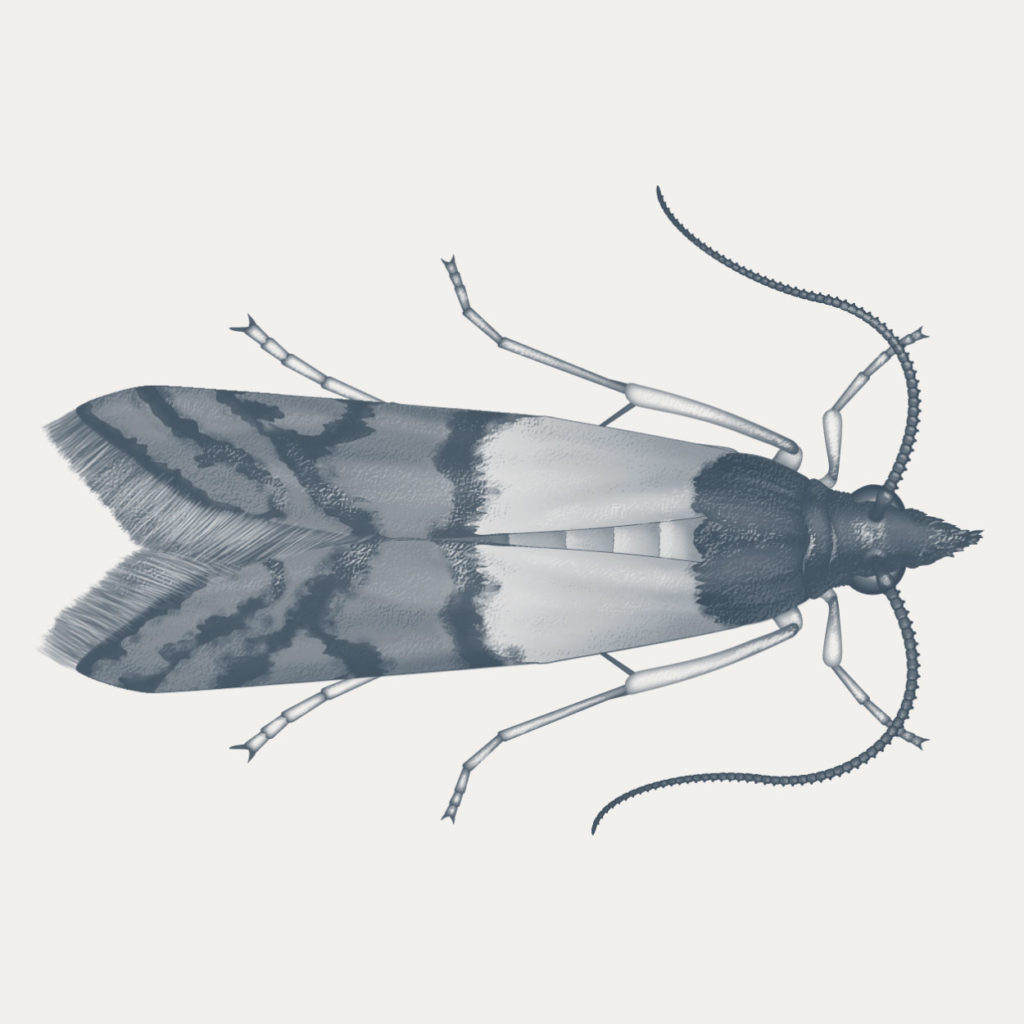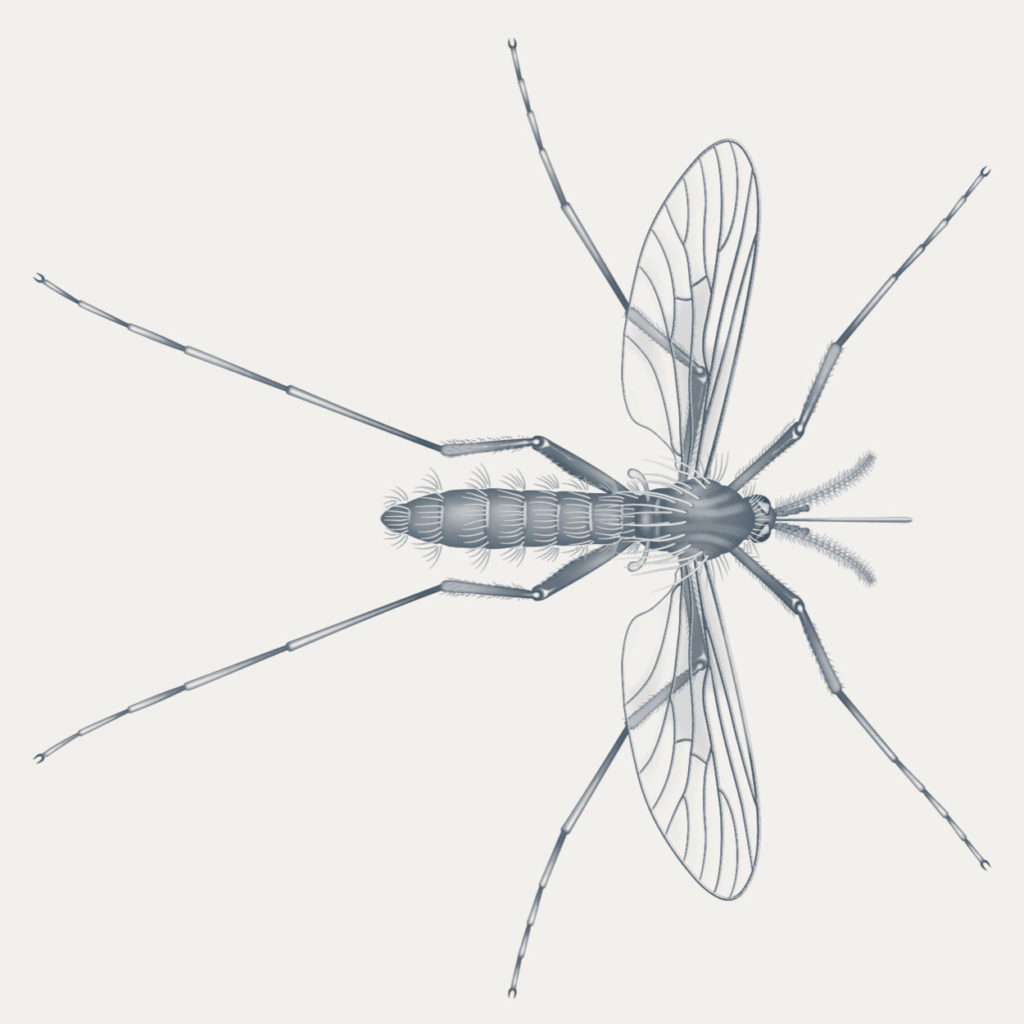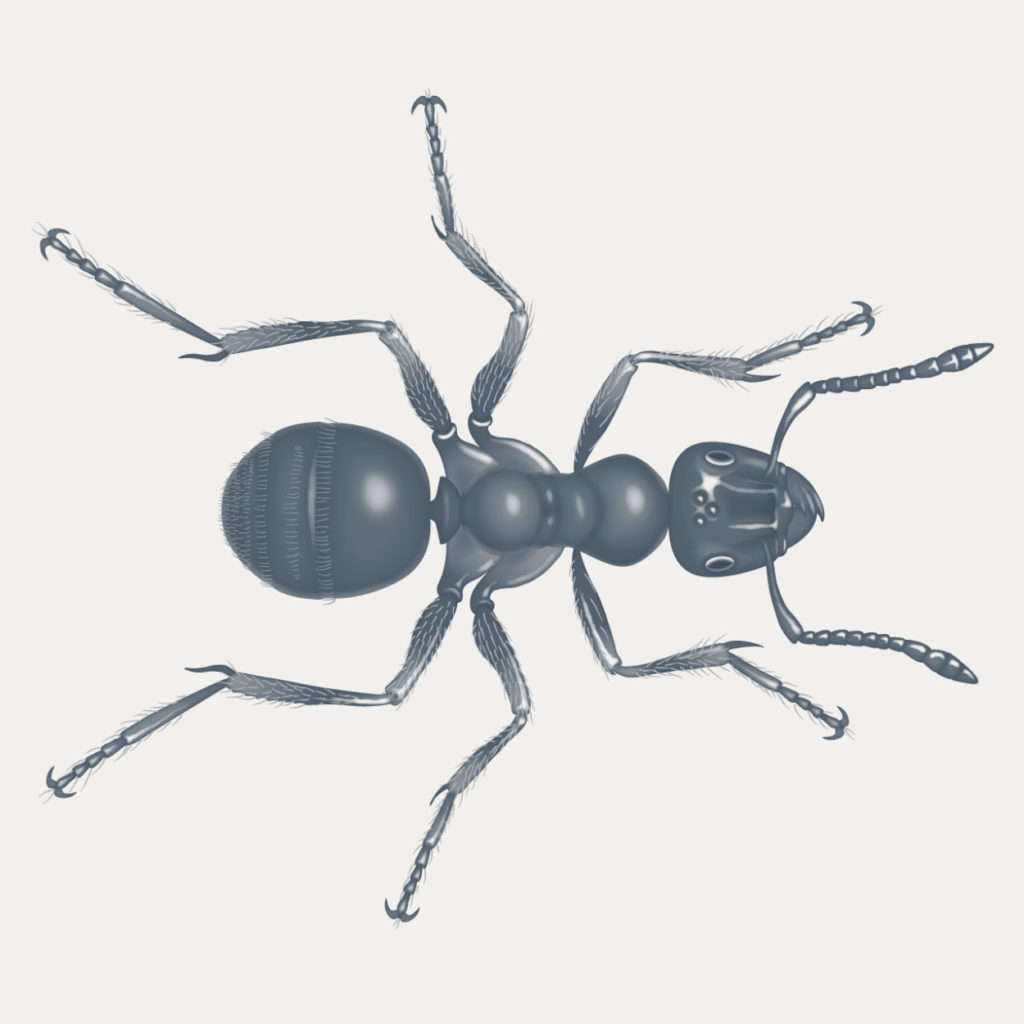Frees you from
Insects in the house
without killing.
Ideally, insects stay where they belong – outdoors in nature.
Get to know your insect in the house and prevent an infestation with our tricks.
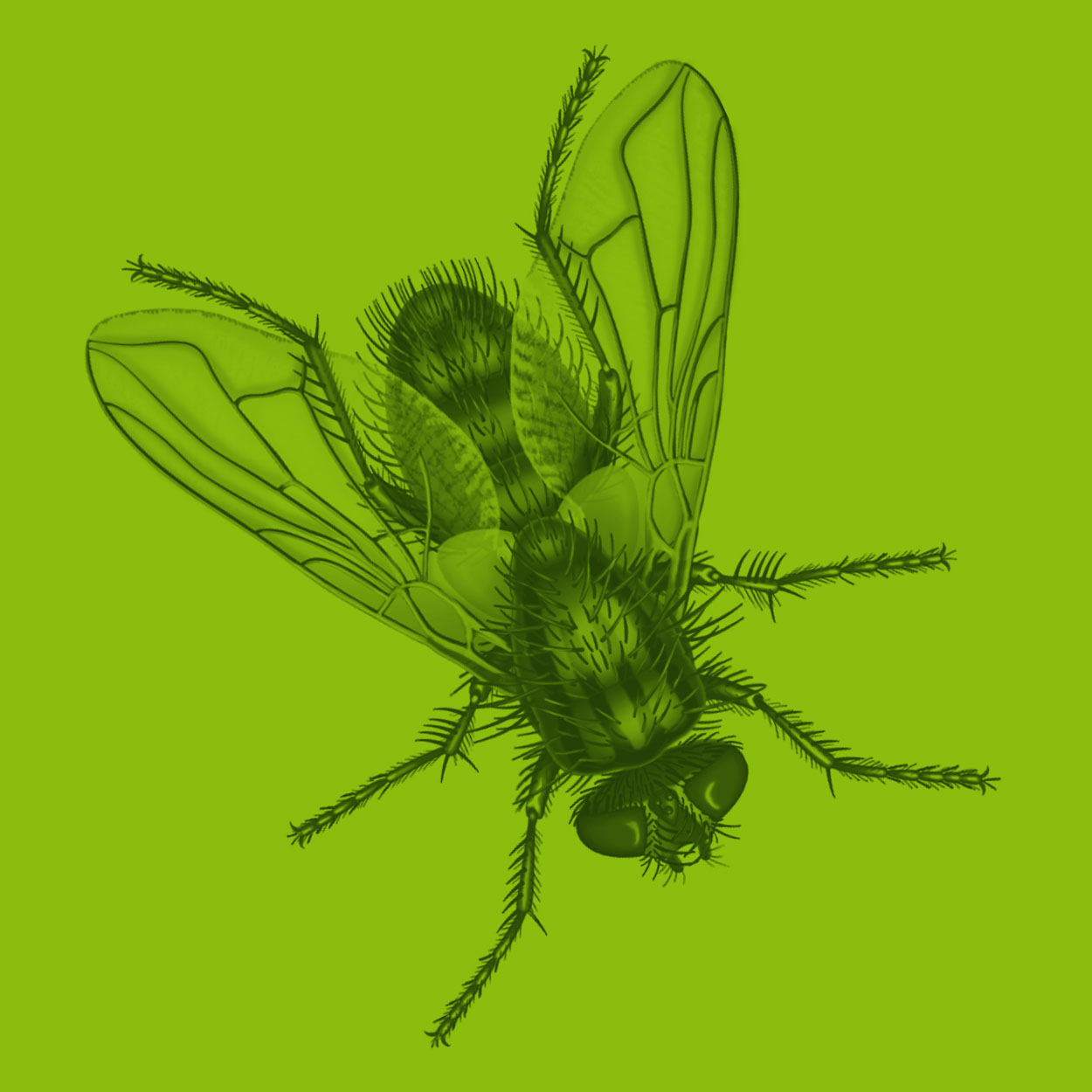
You prove
respect!
Thank you for helping us in our goal!
You are changing course and rescuing our environment.
Insects are invaluable to our society – they pollinate plants for our food and textiles, make our soils fertile, provide extraordinary services to science, and turn waste into nutrients. But in recent decades, the number and biodiversity of insects have fallen sharply.
As the most species-rich animal class in the world, the insects are considered to be particularly important for an intact nature. That’s why we’re actively working on a new understanding of insects. We are creating new habitats for the six-legged animals and developing products so that we do not have to kill them in the house.
Take action and rescue insects!
Emergency measures
for rescuing insects
Your local and regional insects need your respect and help.
Save insects by …
- releasing lost insects in the house
- attaching ingesofian grids
- creating insect habitats
- regional, seasonal and organic food
buing - reducing your meat consumption and consuming organic products
- concretely standing up for nature in the region
- driving less to reduce insect impact
- using no insecticides
- using live traps for insect control or buying products with compensation
- only letting light burn when windows are closed
- using warm white LEDs as outdoor lighting
- learning about insects and telling family members, friends and acquaintances about the value and decline of the insects
Give your
insects a
habitat
Insects like it native, colorful, varied and species-rich in the garden, on the balcony and the terrace.
Offer the insects …
- continuous food supplies from spring to autumn
- hiding places for winter
- native seed and planting material such as flower meadows, dry areas, wild perennial beds, herb beds, balcony, terrace and potted plants, greening of facades, flat roof greening, hedges made of deciduous trees
- small structures such as piles of wood, root pieces, stems, wood carving paths, stone heaps, dry stone walls, foliage heaps, biotopes
- nesting aids
- small drinking opportunities with approach points
- wild growth – rarely mow and if, then cut meadows staggered
- garden soil without peat
- plant fruit stands – leave them in autumn and winter
